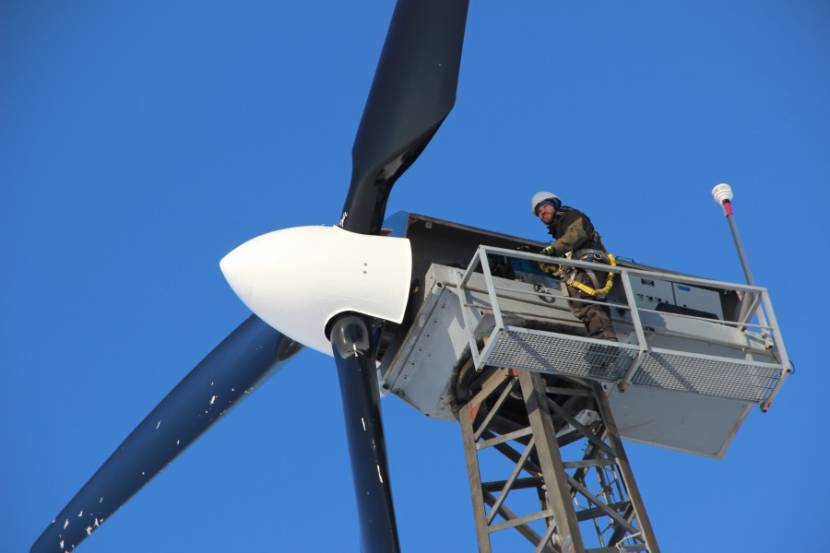
You may know it as the COVID-19 relief bill that will send you $600. It’s also the bill President Trump finally signed after Christmas to avoid a government shutdown. Less known is that the massive year-end spending bill is the most significant law to fight climate change that Congress has passed in years, and maybe ever.
The energy and climate section of this 5,000-page bill is labeled “Division Z,” and it is its own kind of huge. Sen. Lisa Murkowski has been working on it for years.
“Remember that energy bill that we had on the floor back in February and then in early March?” she said.
Murkowski couldn’t pass it then, but as chair of the energy committee, she negotiated for months behind the scenes, adding energy priorities along the way. It all came together in the waning days of 2020, and it hopped the last train leaving the congressional station — the COVID-19 relief and government spending bill.
It fosters innovation in technologies “critical to our energy and national security, our long-term economic competitiveness, and the protection of our environment,” Murkowski said.
It’s a smorgasbord of energy programs, old and new.

“It’s certainly the largest clean energy and climate bill in a decade,” said Rich Powell executive director of ClearPath, a group advocating for conservative solutions to climate change. While some 70 senators and House members contributed to the bill, Powell says key features came from Murkowski’s committee.
“The piece that we’re most excited about is the huge moonshot program to develop new innovative clean energy technologies,” he said.
The bill calls for billions of dollars to research and develop wind, solar, hydro and geothermal, plus energy storage to make renewables more useful. It aims to develop new kinds of nuclear power. The bill will establish more than 20 major demonstration projects over the next five years. Powell said it will combat climate change by acting as a launchpad for new technologies.
“We need them fast,” he said. “We need to develop them in the mid-2020s so that companies in the United States can deploy them in the 2030s and bring the costs down, and then the rest of the world can deploy them in the 2040s.”
Elgie Holstein, director of strategic planning for the Environmental Defense Fund, said it’s also important that the bill continues tax credits for existing technology, like solar and wind energy, and creates a new credit for offshore wind.
“Those tax credits have been critical in helping to bring down the cost — and those costs are still falling for these clean energy sources,” he said.
Some of the bill’s provisions have particular relevance in Alaska. It expands the Weatherization Assistance Program, to help retrofit homes. It also encourages the development of hybrid microgrid systems for isolated communities.
The bill doesn’t go as far as some climate groups wanted. Critics say there’s not enough support for electric vehicles or smart buildings. Nor does it cap greenhouse gas emissions – though it does phase out an especially potent kind – HFCs, or hydrofluorocarbons.
Some environmental groups don’t like that the bill has programs for capturing carbon dioxide, to keep the greenhouse gas out of the atmosphere. They say it props up the fossil fuel industry.
And the bill divides the fossil fuel lobby. The American Petroleum Institute praises the carbon-capture programs while the American Energy Alliance complains it is a “stealth Green New Deal” with giveaways for the renewable power industry.



